Can Cats Eat Catnip Plant? A Guide to Safely Using Catnip with Your Feline Friend
- 1 Mar 2025 11:11
As a cat owner, you may have noticed that many cats go wild for catnip, but the question remains: can cats eat catnip plant? The answer is yes, cats can eat catnip, and in fact, catnip is completely safe for cats to ingest in moderation. However, there are a few things to know about how it affects cats and how to use it safely.
Let’s dive into the details about the catnip plant, its benefits, and potential risks.
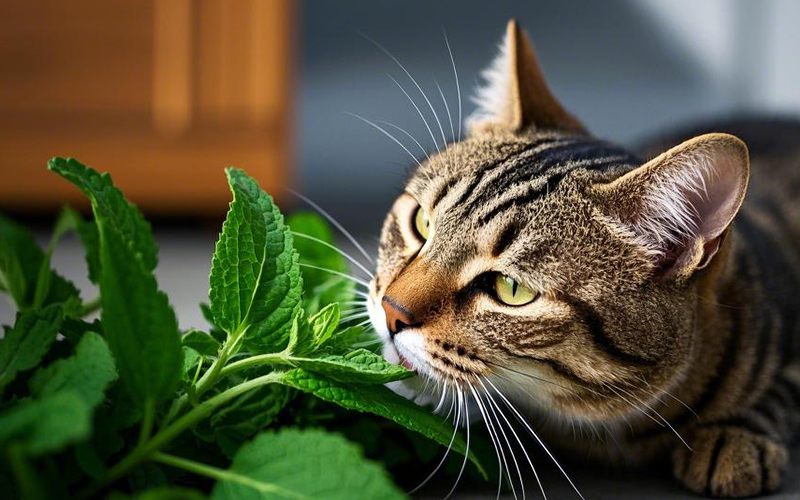
What is Catnip?
Catnip, scientifically known as Nepeta cataria, is a member of the mint family and contains a compound called nepetalactone. This compound is what causes cats to react to catnip. Nepetalactone affects receptors in your cat's brain, triggering behaviors such as playfulness, excitement, or relaxation.
Can Cats Eat Catnip Plant?
Yes, cats can eat catnip safely in small amounts. While many cats love the scent of catnip, they can also chew on the leaves or nibble on the plant without harm. The effects of eating catnip are usually mild and won’t cause long-term harm to your cat.
Here are the potential effects and benefits of your cat eating the catnip plant:
✔ Natural, Safe Herb – Catnip is completely natural and non-toxic to cats. In fact, it’s often used in various cat toys, treats, and sprays because it’s a safe and non-addictive stimulant for cats.
✔ Mild Digestive Benefits – Some cats chew on catnip as a natural way to help settle their stomach. Catnip contains compounds that may have mild digestive benefits, though the effects are generally subtle.
✔ Mood Enhancement – When cats consume catnip, they may experience a calming effect, much like how some people find herbal teas relaxing. For some cats, eating catnip can make them feel relaxed or content.
Potential Risks of Eating Catnip
While catnip is safe, there are some things to keep in mind:
❌ Overconsumption – Although rare, too much catnip can lead to digestive upset, such as vomiting or diarrhea. It's important to monitor your cat’s intake and ensure they don’t overeat the plant.
❌ Sensitivity Variability – Not all cats are sensitive to catnip. Approximately 50-75% of cats have a genetic predisposition to respond to catnip, and the response can vary widely from cat to cat. Some cats may eat it without showing much interest or effect, while others may become hyperactive or overly relaxed.
❌ Choking Hazard – If you’re growing fresh catnip, make sure to provide it in small, manageable amounts. Long stems or leaves could pose a choking hazard if not cut into smaller pieces.
How to Safely Use the Catnip Plant
If you're growing catnip for your cat or have a catnip plant around, here are some safety tips:
✅ Moderation is Key – Limit the amount of catnip your cat eats. A few leaves here and there is perfectly fine, but eating large amounts could cause some digestive upset.
✅ Provide Fresh Catnip – If you're growing catnip at home, it’s best to offer your cat fresh leaves. Dried catnip can still be fun for them to play with, but fresh catnip will likely be more appealing.
✅ Monitor Reactions – After your cat eats catnip, observe them to make sure they don’t experience any negative reactions like vomiting or diarrhea. If they do, discontinue offering them fresh catnip and consult your vet.
✅ Avoid Overuse – Giving your cat catnip too frequently can lead to a diminished response over time. It's a good idea to limit catnip exposure to a few times a week to maintain its fun and stimulating effects.
Can Kittens Eat Catnip?
Kittens under the age of 6 months typically don’t respond to catnip, as the ability to react to it is genetically inherited. If you offer catnip to a kitten younger than 6 months, they likely won’t show much interest. It’s better to wait until your kitten reaches adulthood before offering catnip to gauge their reaction.
Healthier Alternatives to Catnip
If your cat isn’t a fan of catnip or you want to provide additional enrichment, here are a few alternatives:
✅ Silvervine – Silvervine is another plant that has a similar effect to catnip, but it tends to work on cats that are less responsive to catnip. It contains compounds like actinidin and dihydroactinidiolide, which excite cats in a similar way to catnip.
✅ Cat Grass – Many cats love cat grass, a type of grass that’s safe for them to chew on. It can help with digestion and even act as a natural hairball remedy.
✅ Valerian Root – Another plant that can stimulate cats, valerian root has a different effect from catnip, often making cats more playful or relaxed.
Final Verdict: Can Cats Eat Catnip Plant?
Yes, cats can eat the catnip plant safely in moderation. It’s a natural, non-toxic herb that many cats enjoy, and it can offer mild digestive benefits or enhance their mood. However, it's important to offer it in small amounts and monitor your cat for any negative reactions. As always, catnip should be used as an occasional treat or enrichment activity, not a staple in your cat’s diet.
If you want to learn more about your cat’s health and diet, or need personalized advice, you can rely on PettureX, an AI-powered pet health assistant. PettureX offers 24/7 consultations to help you make the best decisions for your cat’s nutrition and well-being.
Related

Frankly Dangerous: Can Cats Eat Hot Dogs? Vet Explains the Serious Risks
- 16 Apr 2025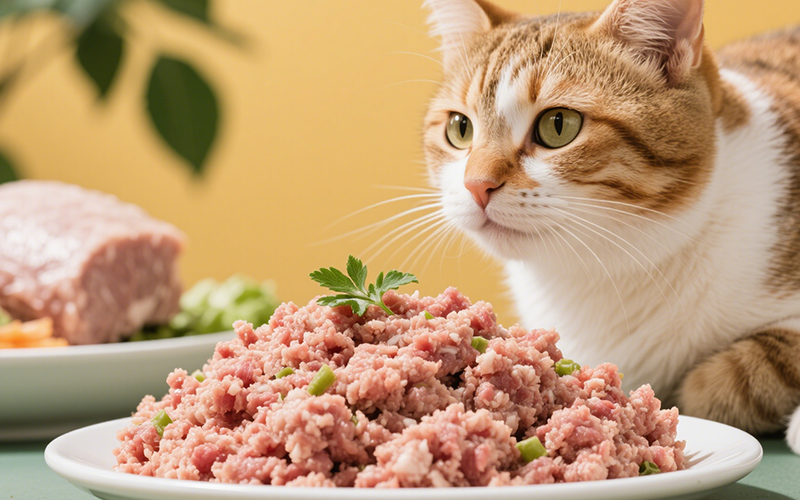
A Purrfect Protein? Can Cats Eat Ground Turkey Safely? (Vet-Reviewed Guide)
- 16 Apr 2025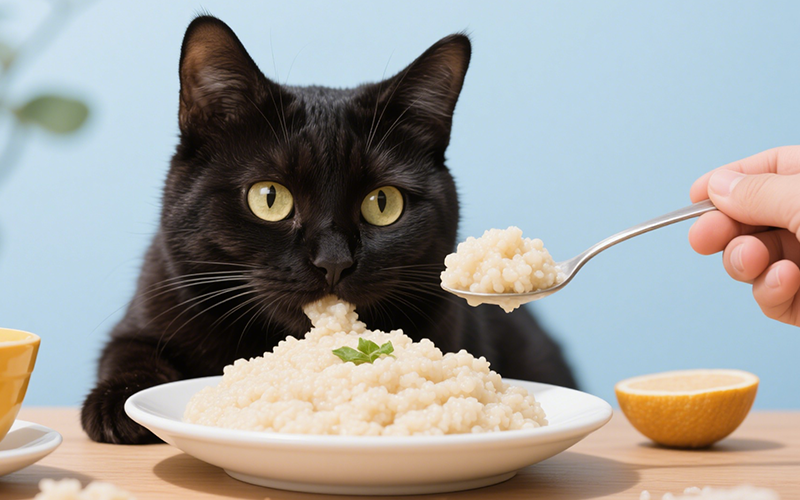
Gritty Situation: Can Cats Eat Grits Safely? Vet Explains the Risks
- 16 Apr 2025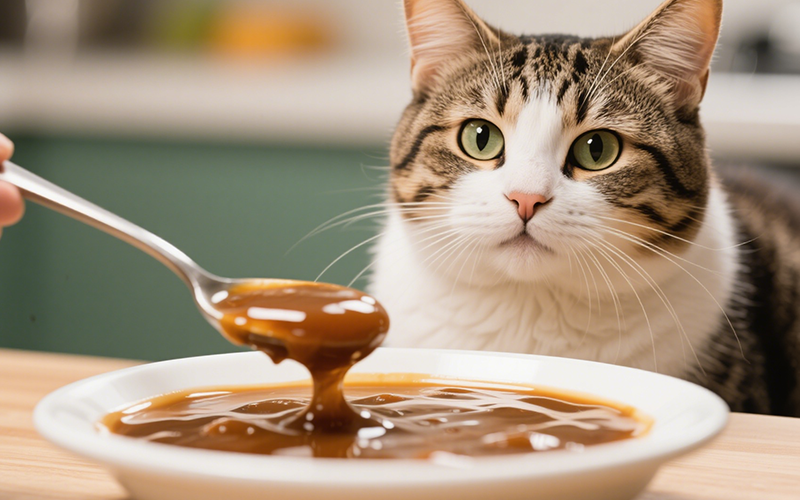
Gravy Danger Zone: Can Cats Eat Gravy Safely? (Vet-Reviewed Warning)
- 16 Apr 2025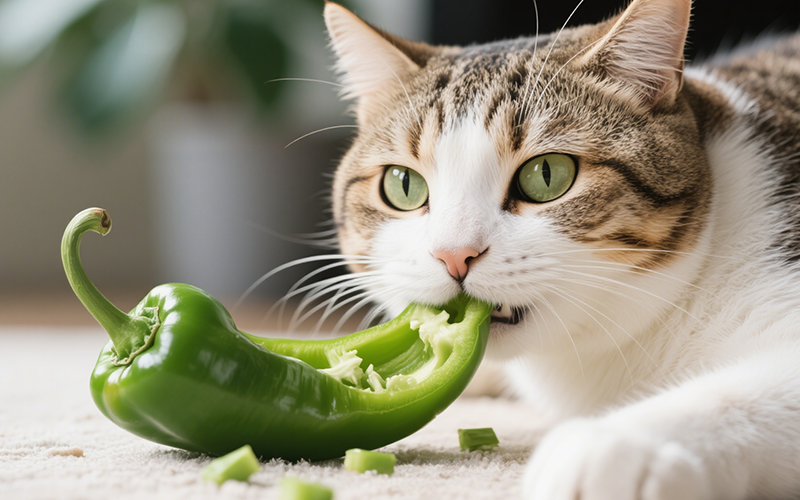
Crunchy Query: Can Cats Eat Green Peppers? A Vet-Reviewed Safety Analysis
- 16 Apr 2025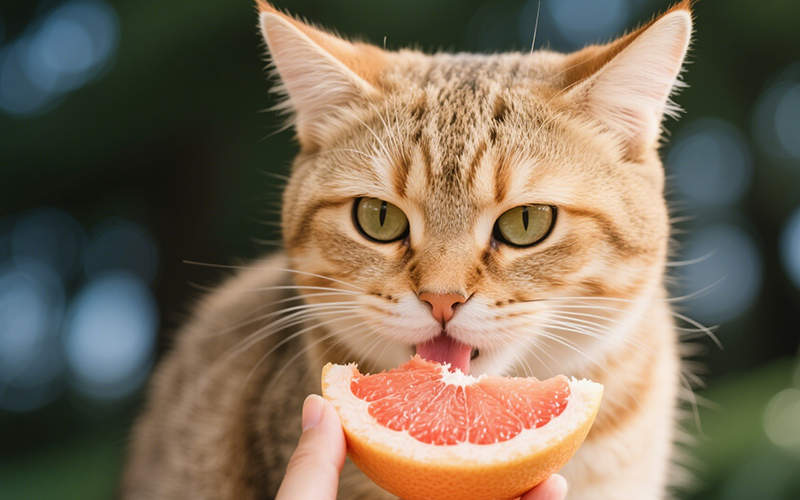
Toxic Temptation: Can Cats Eat Grapefruit? Vet Explains the Dangers
- 16 Apr 2025
Emergency Meal or Major Mistake? Can Cats Eat Dog Food For A Couple Days? (Vet Guide)
- 16 Apr 2025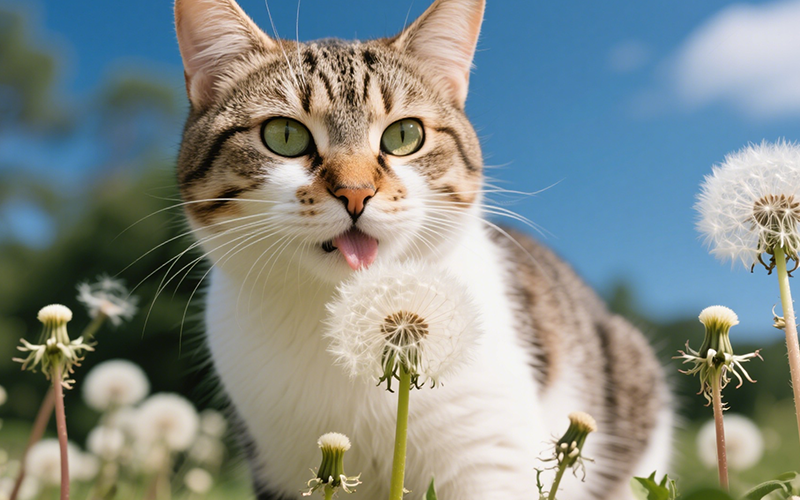
Dandelions & Felines: Can Cats Eat These Common Weeds Safely? Vet Explains
- 16 Apr 2025
Flaky Danger: Can Cats Eat Croissants Safely? Vet Explains the Buttery Risks
- 16 Apr 2025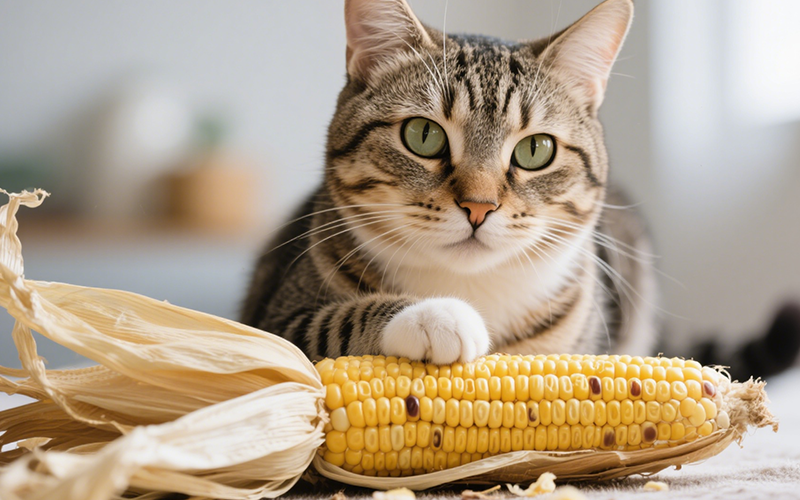
Hazard Alert: Can Cats Eat Corn Husks? Vet Explains Dangers of This Fibrous Material
- 16 Apr 2025
